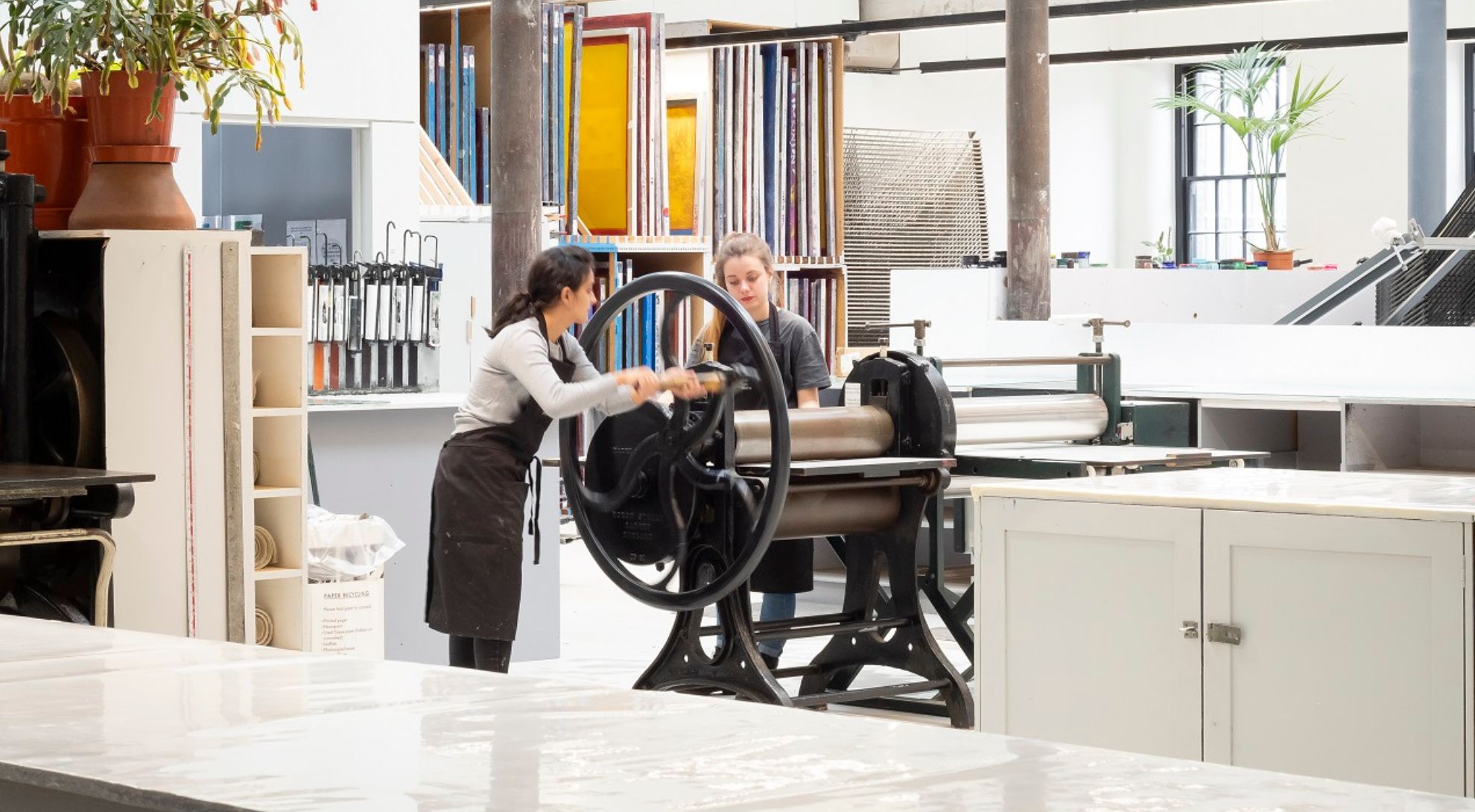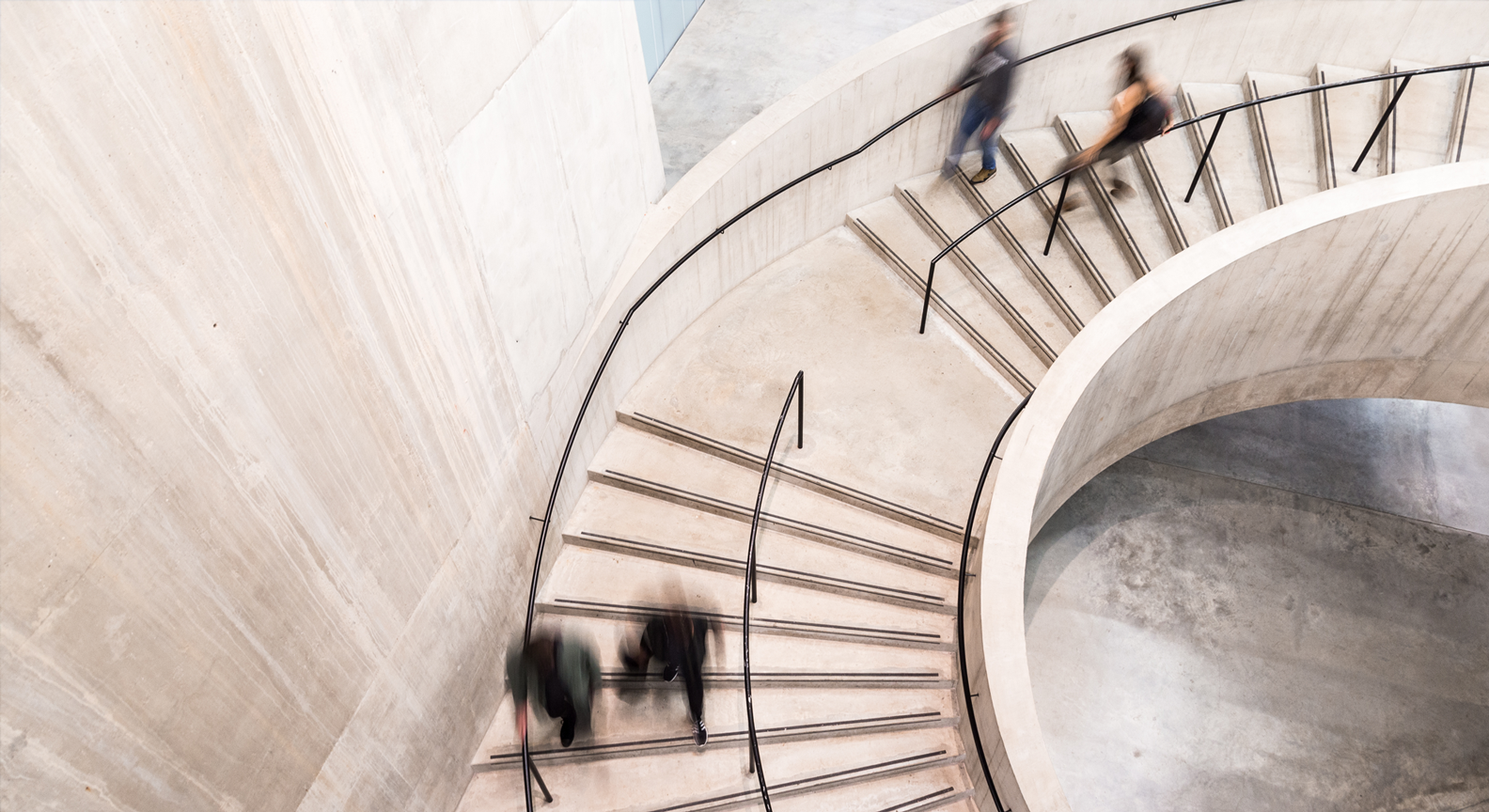
Proactive approach to circular economy shapes Edinburgh's creative hub

Award-winning UK architectural practice, Page/Park, was given the opportunity to redevelop one of Edinburgh's most significant, albeit overlooked, industrial buildings.
Designing for a net zero future
The Edinburgh Printmakers creative hub is located within the former headquarters of the North British Rubber Company (NBRC), in the Fountainbridge area of Scotland’s capital. The redevelopment of this derelict building into a multi-use arts complex centred around a desire to ensure the project aligned with the country’s vital circular economy ambitions.
Key to the architectural concept was to make precise interventions to facilitate new use of space and materials while respecting the character and story of the existing building.
Page\Park is a reuse practice with most of its work involving existing buildings. They are committed to the challenge of designing for a net zero future, and adaptive reuse is central to that.
For this project, they looked to retain as much material as possible on site, whether that meant repairing it to prolong its life, or repurposing on site if it was beyond repair.
Re-use of existing materials requires good management on site, and a clear process for salvaging, inspecting and grading materials. Some material can simply be re-used in its original form. For example, lots of the bricks could be salvaged, cleaned and re-used as bricks in the external walls. However, some materials may be damaged or no longer suitable and so further work is required to allow them to be re-used.
Repair and repurpose
Suzy O’Leary, Project Architect at Page/Park, touched on the processes carried out.
“It can be challenging to take a proactive approach to the circular economy.
“We had to carry out more detailed surveys than on a new building project, in order to understand the existing building’s pathology and inform our approach.
“For example, all one hundred and twelve existing windows were retained and refurbished. This involved photographing and inspecting every window and writing a specific schedule of works for each one. We did this in close collaboration with the timber window subcontractor, Fergman Joinery, and the result not only retains the existing material on site, but also retains the unique character of the building.”
“We also salvaged 40% of the roof slates, redressed them and put them back on the roof. The other slates which were too damaged or small to re-use on the roof, we broke up and used as mulch in the garden. The brickwork was retained and repaired, with any brick taken down for new openings re-used for brick repairs.
“This was a beautiful Victorian building with a stunning cast iron frame and therefore the heritage and cultural value of the place had to be central to everything we did in terms of the redevelopment.
“The overriding ethos was to repair and then repurpose everything else so that as much material as possible was kept on site.”
Edinburgh Printmakers now has a large light-filled printmaking studio, two galleries, a shop selling original prints and handmade products, venue hire space for meetings, events or learning activities, a café, a courtyard, and a community garden. It is open to anyone who would like to join one of the courses or become a member.
Suzy continued: “We were happy to use circular economy principles as part of the solution to this project and work with the Zero Waste Scotland team.
“Reuse of existing materials requires good management on site, but we were determined that this project would be a shining example of doing the right things to ensure that the work we did made a difference and contributed positively to the circular economy.
Part-funded by the European Regional Development Fund.
“Our clients were also delighted to play their part in tackling Scotland’s climate crisis.”

